http://www.sakai-tcb.or.jp/spot/spot.php?id=40

The head shrine of the deity Ōtori myōjin is Ōtori jinja, located in Ōsaka Prefecture's Sakai-shi (Ōtorikita-machi), and there are many Ōtori jinja branch shrines (massha) in and around Tōkyō. Among these, the cock fair of the Ōtori jinja in Asakusa, Tōkyō (Taitō-ku Senzoku), is especially famous.

On that day bamboo rakes (kumade) decorated with such things as lucky masks (otafuku men), chests of a thousand gold coins (senryōbako) and old-fashioned account books (daifukuchō), are sold as lucky charms in order to "rake in" good fortunes.

Today Ōtori myōjin is especially venerated by the hotel and restaurant business as a deity for improving one's fortunes, but originally the god was worshipped by warriors as a tutelary deity of the military arts.

The cock fair is held in over forty locations in Tōkyō, Yokohama, and Saitama, but it is said to have begun as a festival for the deity Ōtori daimyōjin in the hamlet of Hanamata-mura in the area formerly known as Kasai-ku (presently, Hanahata-chō, Adachi-ku, Tokyo).

At that festival, people presented live birds to the deity and prayed for improved fortune. The custom also included setting those birds free the next day in front of Asakusa's Kannondō temple. The cock fair of Hanamata was once called ōtori ("great cock") or hontori ("main cock") and that of Asakusa was called shintori ("new cock").

Although the Hanamata Ōtori Shrine was inconvenient for pilgrimages (sankei), because of the gambling games that were held on the day of the festival it was temporarily alive with people. When gambling was forbidden in the Meiji period, the Hanamata cock fair lost many of its visitors, while the Asakusa shintori began attracting new throngs.












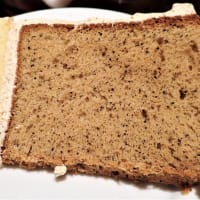

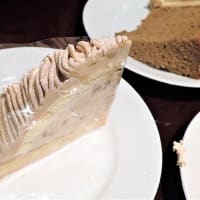
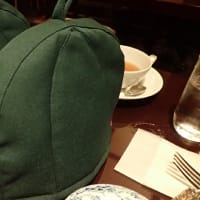
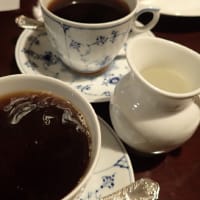
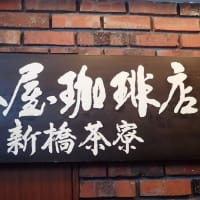

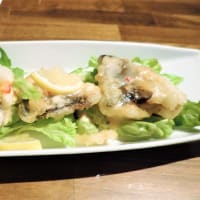
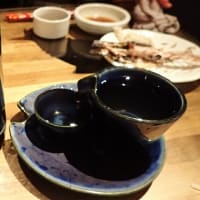
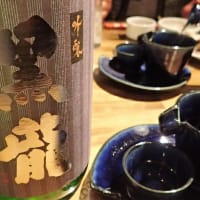
※コメント投稿者のブログIDはブログ作成者のみに通知されます